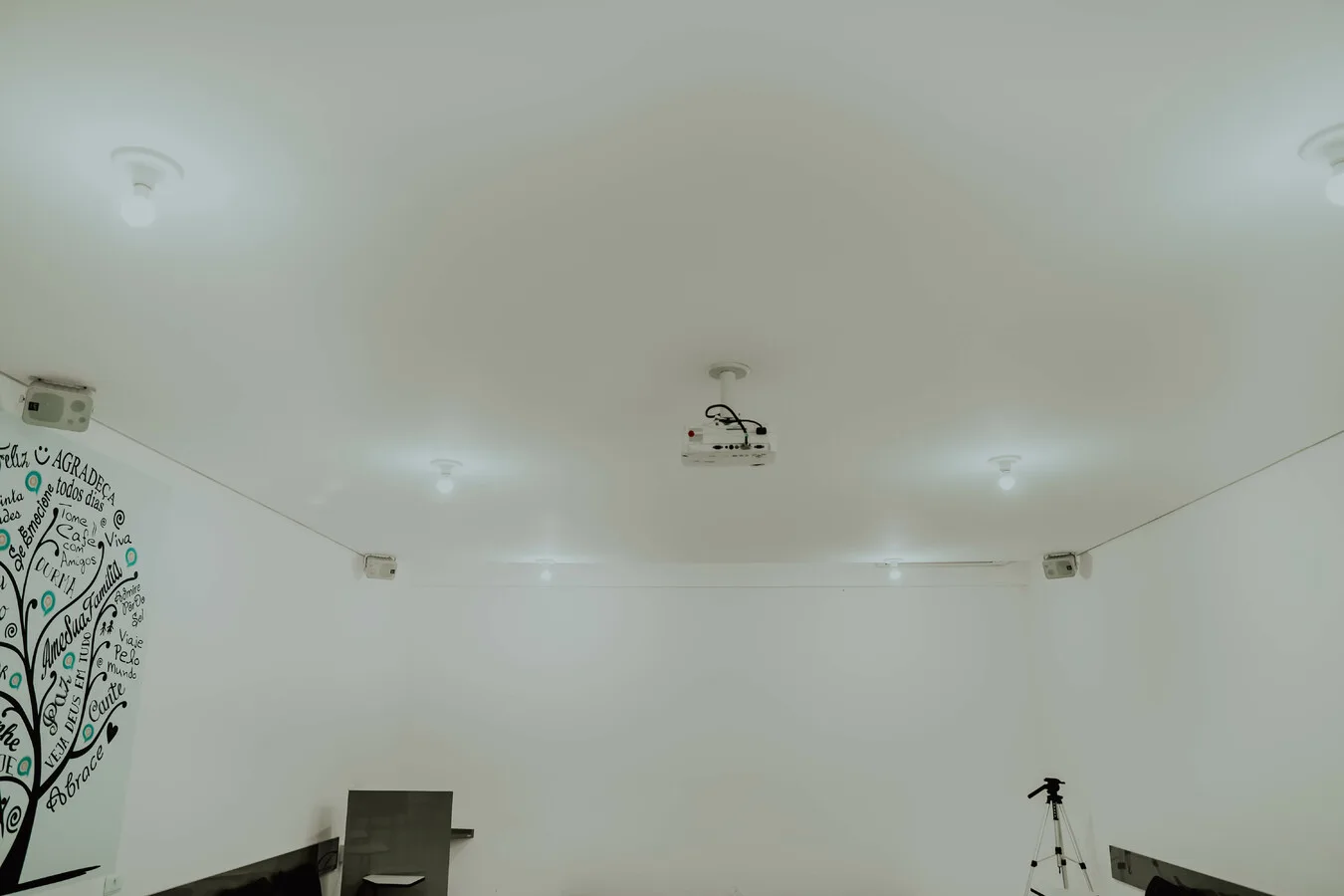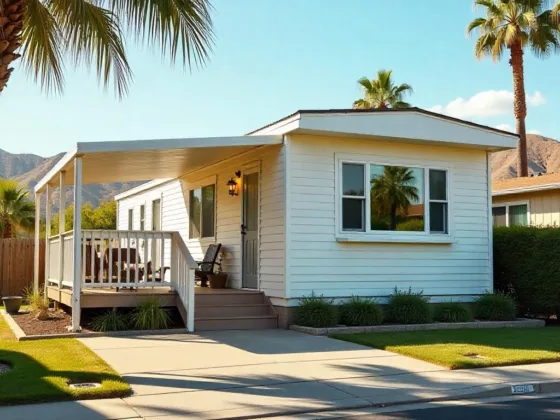Investing in real estate can be worthwhile, offering stable returns and long-term appreciation potential. Among the various options available, investing in an apartment block stands out as a promising opportunity. However, diving into such an investment requires extensive research, careful planning, and a clear understanding of the market dynamics. This comprehensive guide explores everything you need to know when considering investing in an apartment block.
Market Research and Analysis
You must conduct comprehensive market research before investing. This involves analyzing local market trends, demand-supply dynamics, rental rates, vacancy rates, and economic indicators. Knowing the current and future market conditions will help you make good decisions and identify promising investment opportunities.
Location, Location, Location
The location of the apartment block plays a crucial role in its potential for success. Look for areas with strong rental demand, good infrastructure, access to local amenities, and potential for future growth. Proximity to schools, universities, employment centers, and transportation hubs can significantly enhance the desirability and rental income of the property.
Property Analysis
Evaluate the physical condition of the apartment block thoroughly. Consider factors such as the age of the building, maintenance history, structural integrity, and any potential renovation or repair needs. Engage professional inspectors and construction companies to assess the property’s condition and identify any hidden issues that may impact its value or rental income. When you are considering a multifamily renovation on this scale, you should always turn to experts like www.sayanconstruction.com, as they know exactly what they’re doing in times like this.
Financial Considerations
Figure out the financial feasibility of the investment by assessing the potential returns and expenses. Think about things such as the purchase price, financing options, operating expenses (maintenance, utilities, insurance, property management fees), and potential rental income. Conduct a detailed financial analysis, including cash flow projections and return on investment (ROI) calculations, to determine the viability of the investment.
Risk Management
Real estate investments will always come with risks, and it’s essential to mitigate these risks to protect your investment. Consider factors such as market volatility, tenant turnover, regulatory changes, and unforeseen expenses. Diversify your investment portfolio, maintain adequate insurance coverage, and have contingency plans in place to handle unexpected challenges.
Legal and Regulatory Compliance
Ensure you are compliant with all legal and regulatory requirements related to property ownership and rental management. Familiarize yourself with local landlord-tenant laws, zoning regulations, building codes, and taxation policies. Consult with legal and financial professionals to navigate the complicated legal landscape and ensure compliance with all relevant regulations.
Property Management
Effective management of the property is critical to the success of your investment. Decide whether to manage it yourself or hire a professional property management company. Property managers can handle day-to-day operations, tenant screening, rent collection, maintenance, and other tasks, freeing up your time and ensuring optimal performance of the investment.
Tenant Selection and Retention
Choosing the right tenants is crucial for maintaining a stable rental income stream and minimizing vacancies. Develop rigorous tenant screening criteria to evaluate applicants based on their credit history, rental history, income stability, and references. Create positive relationships with tenants by addressing their concerns promptly, maintaining open communication, and providing quality housing.
Long-Term Investment Strategy
Consider your long-term investment strategy and goals when investing in an apartment block. Determine whether you aim for short-term rental income or long-term appreciation. Evaluate the potential for value appreciation in the property and surrounding area over time. Develop a comprehensive exit strategy, whether it involves selling the property, refinancing, or holding it for the long term.
Continuous Monitoring and Adaptation
Real estate markets are subject to constant change. Continuously monitor market trends, rental rates, and economic indicators to adapt your investment strategy accordingly. Stay informed about upcoming trends, new regulations, and technological advancements that may impact the property’s performance. Regularly review your investment portfolio and make adjustments as needed to optimize returns and mitigate risks.
Community Engagement and Amenities
Consider the community surrounding the apartment block and the amenities available nearby. Investing in an area with a strong sense of community and access to recreational facilities, parks, shopping centers, and dining options can enhance the property’s appeal to prospective tenants. Additionally, properties with on-site amenities such as fitness centers, swimming pools, and communal spaces may command higher rental rates and attract tenants seeking a convenient and enjoyable living experience.
Environmental Sustainability and Energy Efficiency
Incorporating environmental sustainability and energy-efficient features into the apartment block can offer several benefits. Properties with green building certifications or energy-efficient appliances and fixtures may appeal to environmentally conscious tenants and command higher rental rates. Moreover, investing in energy-saving upgrades such as solar panels, efficient HVAC systems, and LED lighting can lower operating expenses, increase the property’s value, and contribute to a more sustainable future. Consider incorporating sustainable practices and technologies into the property to attract tenants, reduce costs, and minimize environmental impact.
Market Vacancy Rates and Competitive Analysis
Before investing in an apartment block, it’s crucial to analyze market vacancy rates and assess the level of competition in the area. High vacancy rates may indicate oversupply in the market, leading to increased competition among landlords and downward pressure on rental prices. Conversely, low vacancy rates suggest strong demand for rental properties, potentially allowing landlords to command higher rents. Conducting a competitive analysis can help you understand the strengths and weaknesses of competing properties, identify market gaps or niches, and position your apartment block strategically to attract tenants and maximize occupancy rates.
Exit Strategy
When investing in an apartment block, it’s essential to have a clear exit strategy in place. Consider various scenarios, such as selling the property, refinancing, or exchanging it for another investment, and develop a plan to achieve your financial goals. Diversifying your investment portfolio with multiple properties in different locations and asset classes can help spread risk and enhance long-term stability. Evaluate your investment goals, risk tolerance, and market conditions to determine the most suitable exit strategy and ensure flexibility in adapting to changing circumstances. By diversifying your investment portfolio and having a well-defined exit strategy, you can optimize returns and mitigate risks associated with investing in an apartment block.
Investing in an apartment block can be a rewarding venture, providing a steady stream of rental income and long-term appreciation potential. However, success in real estate investment requires careful planning, diligent research, and proactive management. By following the guidelines outlined in this article and staying informed about market developments, you can make informed investment decisions and build a successful portfolio of apartment properties.











